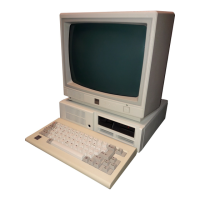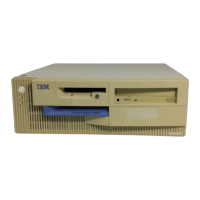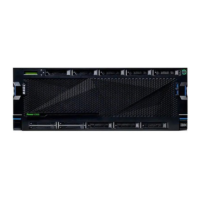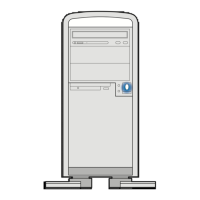Types
of
Displays
The
following figures show how switches 5
and
6 must
be
set for the type
of
display attached.
Warning:
If
an
mM
Monochrome Display is
connected
to
your system, switches 5
and
6
on
switch block 1 must
be
Off. Damage
to
your display
can
result from incorrect switch settings.
Warning: Damage
to
your
mM
Monochrome
Display may result if it is connected
to
an
mM
Color / Graphics Monitor Adapter.
Switch
Block
1 Switch
Block
2
IBM
Color
Graphics
Monitor
Adapter
in
the
40x25
Color
mode
IBM
Color
Graphics
Monitor
Adapter
in
the
80x25
Color
mode
IBM
Monochrome
Adapter
or
both
IBM
Monochrome
Adapter
and
IBM
Color
Graphics
Monitor
Adapter
No
Display
Note: The 40x25 Color mode means
that
there are
40
characters across
the
screen
and
25 lines down
the screen. This mode is normally used with a
television set. The 80x25 Color mode means there
are
80
characters across the screen
and
25 lines
down the screen. This mode,
when
used with a
TV
or
some
other
display,
can
cause loss
of
character
quality.
Switch
Settings
5-11

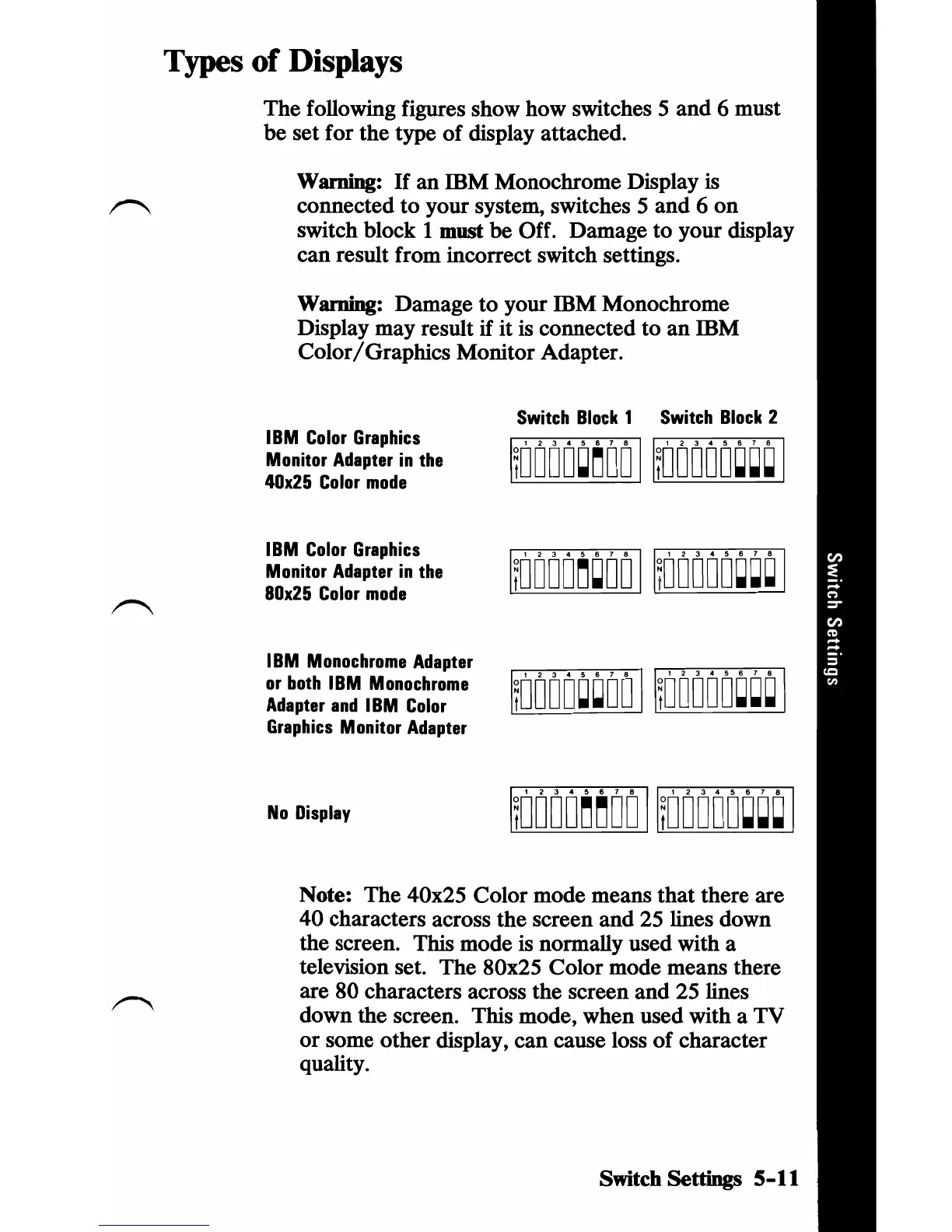